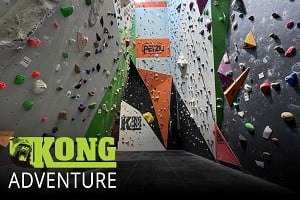In reply to Mark Kemball:
> A red circle painted at the base of a route meant someone was trying to free a climb.
I'm rather speaking off the top of my head here, but I recall that the Rotkreis - the circle - had a slightly more specific meaning: that the route had been climbed in 'af' style. Although this stands for 'alles frei/all free' it doesn't quite fit the current understanding of the term; it refers to an ascent wherein all the individual moves are free-climbed, but resting on [generally fixed?] protection is 'allowed'. I don't think that it quite equates to the French 'tire clou', 'bolt-to-bolting' or 'French free' in that in all these cases one tends to make full use of a piece of gear as soon as it is within reach - whereas with af, in theory at least, one tries to leave the rest point using the same holds from which one initially arrived at it. On the Saxon sandstone af refers to the traditional style of actually taking a hanging belay on some or all of the Ringe - large and generally widely-spaced ringbolts - on a particular route. Guidebooks sometimes give grades for both a route's 'traditional' and Rotpunkt status, for example "Über den Drachenrücken VIIIc, RP IXa". In this instance RP simply means 'free' as we currently understand it; individual ascents, of course, may range from 'full-on redpoint tactics' to onsight.
Post edited at 15:43
